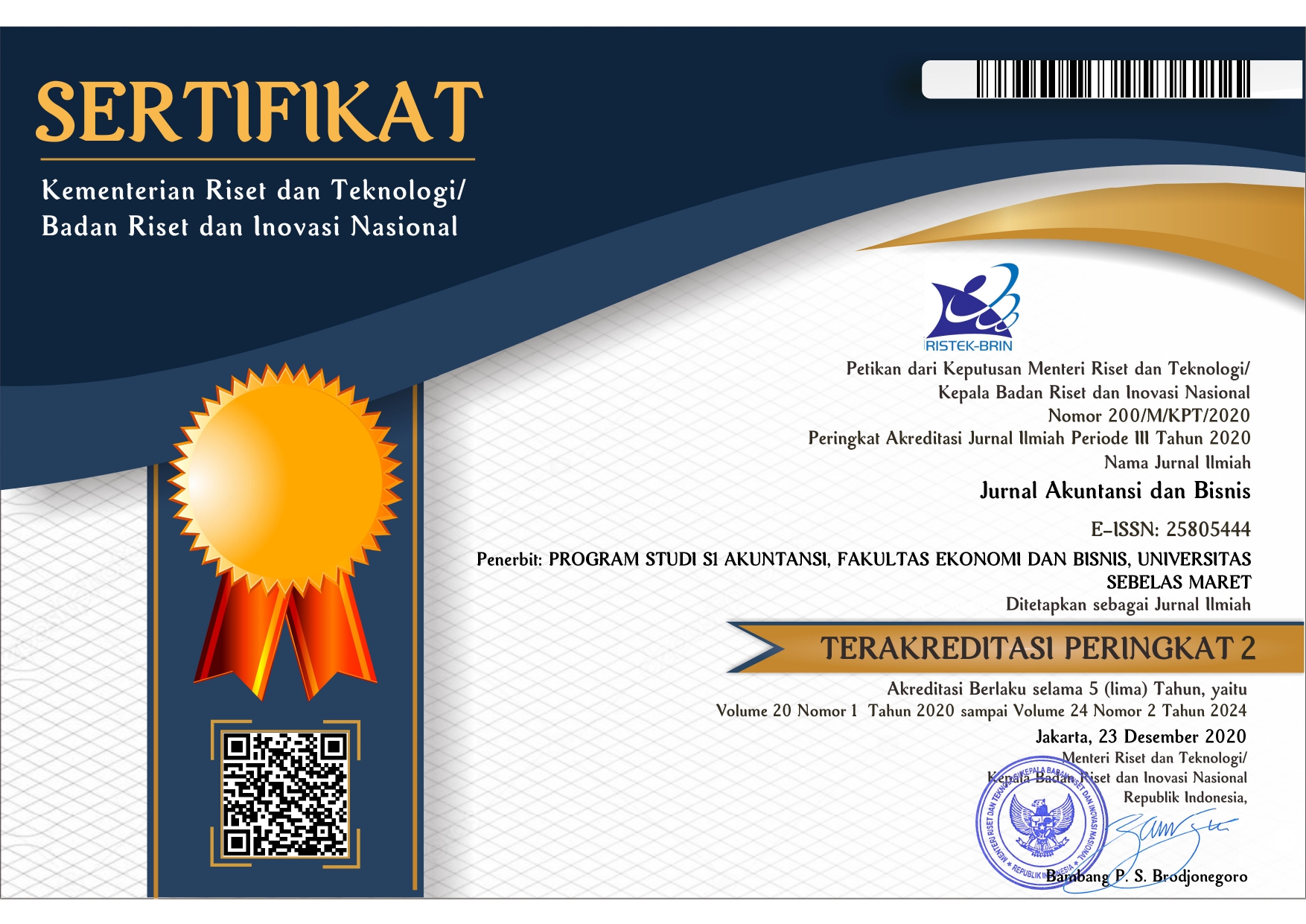The East Asian Crisis : An Analysis of Remedies Applied to Malaysia and Indonesia
##article.abstract##
References
Anderson, R. and Steinherr, A. 2000. “The Next Ten Years of Monetary Relations in Asia”. UMESP Discussion Paper 8.
ARIC (Asia Recovery Information Centre). Database: http://aric.adb.org
Asian Development Bank. 2002. Key Indicators 2002: Population and Human Resource Trends and Challenges, Asian Development Bank 33.
Dornbusch, R. 2001. “Malaysia: Was it different?”. NBER Working Paper 8325.
Edison, H. J. and Reinhart, C. M. 2000. “Capital Controls During Financial Crisis: The Case of Malaysia and Thailand”. Board of Governors of the Federal Reserve. International Finance Discussion Papers 662.
Eichengreen, B. 1999. Toward a New International Financial Architecture, A Practical Post-Asia Agenda.Washington: Institute for International Finance.
Feldstein, M. 1998. “Refocusing the IMF”. Foreign Affairs 77(2).
Frankel, Jeffrey A. 1999. “No Single Currency Regime is Right for all Countries or at all Times”. Working Paper 7338. Cambridge: NBER.
Furman, J. and Stiglitz J. 1998. “Economic Crises: Evidence and Insights from East Asia”. Brookings Papers on Economic Activity 2: 1-135.
Goldstein, M. 1998. “The Asian Financial Crisis: Causes, Cures, and Systemic Implication”. Policy Analyses in International Economics. Institute for International Economics 55.
International Monetary Fund. 1998. World Economic Outlook: Various Issue. Washington DC: International Monetary Fund.
____________________. 1999. IMF-Supported Programs in Indonesia, Korea, and Thailand, A Preliminary Assessmen. Washington DC: International Monetary Fund, Occasional Paper 178.
_____________________. 2003. Evaluation Report: IMF and Recent Capital Account Crisis: Indonesia, Korea, Brazil, Washington D.C.: International Monetary Fund.
Kaplan, E. and Rodrik, D. 2001. “Did the Malaysian Capital Controls Work?”. NBER, Working Paper 8142.
Krugman, Paul. 1998a. “Saving Asia: It‟s Time to Get Radical”. Fortune, 9/7/1998, http://web.mit.edu/krugman/www/#fortune.
___________. 1998b. “An Open Letter to Prime Minister Mahathir”. Mimeo, MIT. http://web.mit.edu/krugman/www/#fortune.
___________. 1999. “Capital Control Freaks – How Malaysia got away with economic heresy”. Slate Magazine/The Dismal Science, 9/28/1999. http://web.mit.edu/krugman/www/#fortune.
___________and Obstfeld, Maurice. 2000. International economics: theory and policy, 5th edition, Reading, Mass.: Addison-Wesley.
Meyer. 1994. “Natural and Quasi-Experiments in Economics”. NBER, Technical Working Paper 170.
Perkins, D. and Woo, W. 2000. “Malaysia: Adjusting to Deep Integration with the World Economy” in Woo, W., Sachs, J. and Schwab, K. (eds.). The Asian Financial Crisis: Lessons for a Resilient Asia. Cambridge:MITPress.
Radelet, S. and Sachs, J. 1998. “The East Asian Financial Crisis: Diagnosis, Remedies, Prospects”. Brookings Papers on Economic Activity 1: 1-90.
_________and Woo, W. 2000. “Indonesia: A Troubled Beginning “ in Woo, W., Sachs, J. and Schwab, K. (eds.). The Asian Financial Crisis: Lessons for a Resilient Asia. Cambridge: MIT Press.
Stiglitz, J. 2002. La globalizzazione e i suoi oppositori [Globalization and its Discontents]. Torino: Giulio Einaudi editore s.p.a..
Winker, Peter. 1997. Empirische Wirtschaftsforschun. Berlin: Springer Verlag.
World Bank. 1993. The East Asian miracle: economic growth and public policy. New York: Oxford University Press.
DOI: http://dx.doi.org/10.20961/jab.v6i2.50
Jurnal Akuntansi dan Bisnis (JAB)
ISSN 1412-0852 (print), 2580-5444 (online)
Published by Accounting Study Program, Faculty of Economics and Business, Universitas Sebelas Maret, Indonesia

JAB on http://jab.fe.uns.ac.id/index.php/jab is licensed under a Creative Commons Attribution-ShareAlike 4.0 International License










